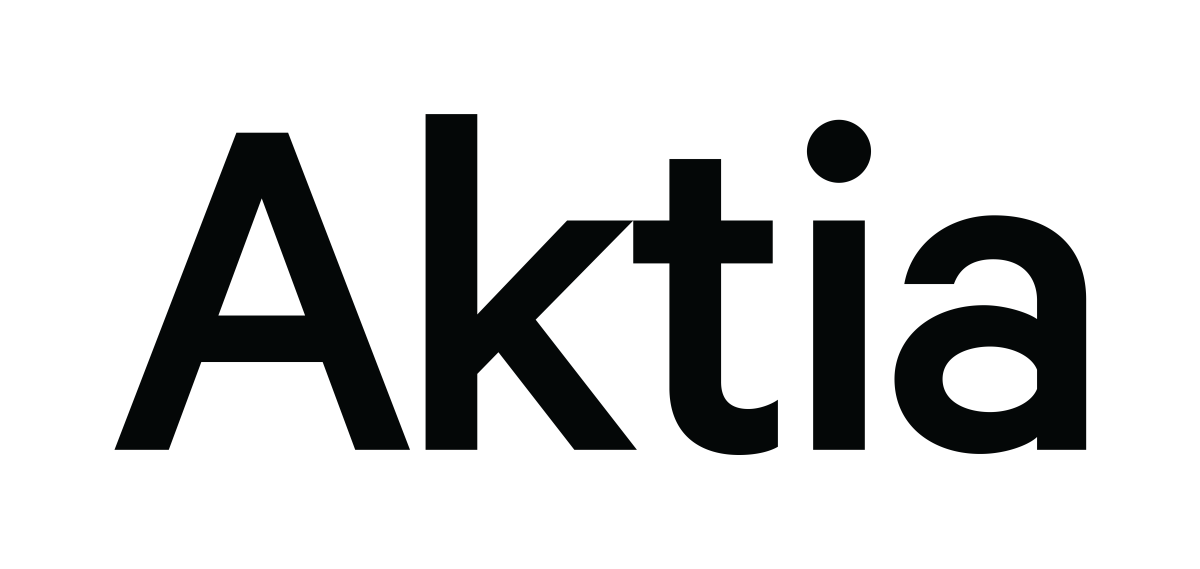- Carbon Revolution Secures $27M Strategic Financing Deal to Fuel Production Expansion
- Northern Trust Partners with NUS to Pioneer Blockchain-Powered Green Finance Innovation
- Revenue-based financing startups continue to raise capital in MENA, where the model just works
- Bank of Ireland UK invests $5m to enhance invoice finance
- Canadian foreign, finance ministers meet Trump’s team on tariffs
While some investors are already well versed in financial metrics (hat tip), this article is for those who would like to learn about Return On Equity (ROE) and why it is important. To keep the lesson grounded in practicality, we’ll use ROE to better understand Mattel, Inc. (NASDAQ:MAT).
You are viewing: A Closer Look At Mattel, Inc.’s (NASDAQ:MAT) Impressive ROE
Return on equity or ROE is an important factor to be considered by a shareholder because it tells them how effectively their capital is being reinvested. In simpler terms, it measures the profitability of a company in relation to shareholder’s equity.
See our latest analysis for Mattel
Return on equity can be calculated by using the formula:
Return on Equity = Net Profit (from continuing operations) ÷ Shareholders’ Equity
See more : Better Home & Finance Holding Company to Participate in Upcoming Investor Conferences
So, based on the above formula, the ROE for Mattel is:
24% = US$548m ÷ US$2.3b (Based on the trailing twelve months to September 2024).
The ‘return’ is the yearly profit. One way to conceptualize this is that for each $1 of shareholders’ capital it has, the company made $0.24 in profit.
One simple way to determine if a company has a good return on equity is to compare it to the average for its industry. Importantly, this is far from a perfect measure, because companies differ significantly within the same industry classification. As you can see in the graphic below, Mattel has a higher ROE than the average (14%) in the Leisure industry.
That’s clearly a positive. With that said, a high ROE doesn’t always indicate high profitability. Especially when a firm uses high levels of debt to finance its debt which may boost its ROE but the high leverage puts the company at risk.
Companies usually need to invest money to grow their profits. The cash for investment can come from prior year profits (retained earnings), issuing new shares, or borrowing. In the first and second cases, the ROE will reflect this use of cash for investment in the business. In the latter case, the debt required for growth will boost returns, but will not impact the shareholders’ equity. In this manner the use of debt will boost ROE, even though the core economics of the business stay the same.
Mattel clearly uses a high amount of debt to boost returns, as it has a debt to equity ratio of 1.01. Its ROE is pretty impressive but, it would have probably been lower without the use of debt. Debt does bring extra risk, so it’s only really worthwhile when a company generates some decent returns from it.
See more : Siraj Finance partners with Azentio
Source link https://finance.yahoo.com/news/closer-look-mattel-inc-nasdaq-191523320.html
Source: https://summacumlaude.site
Category: News







